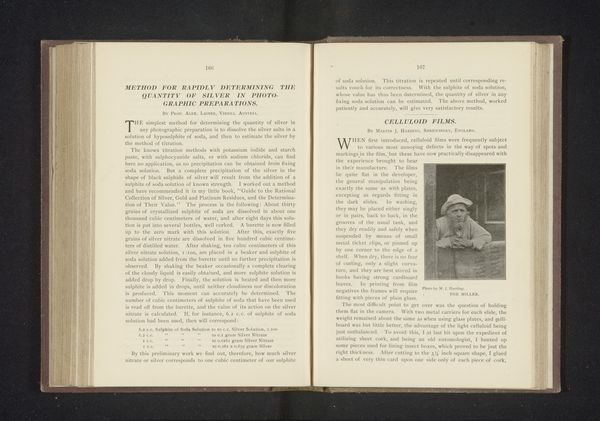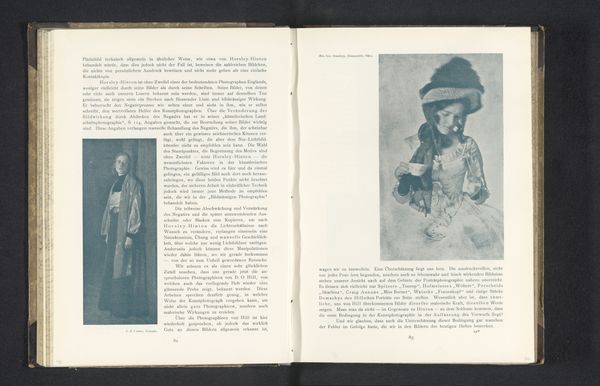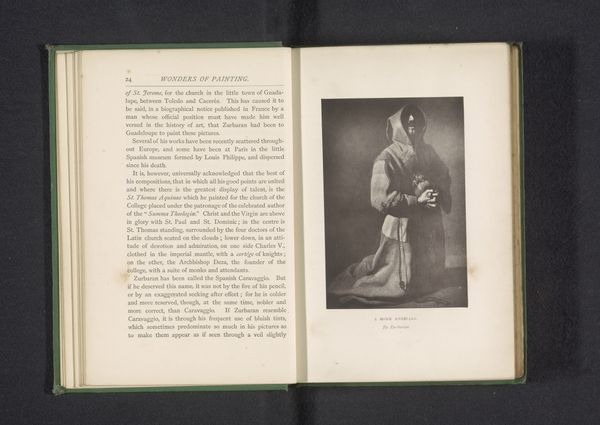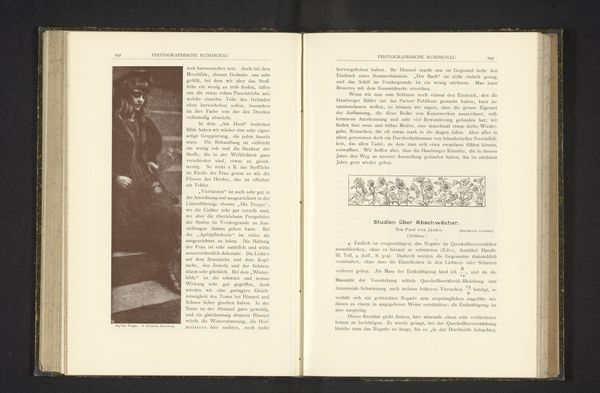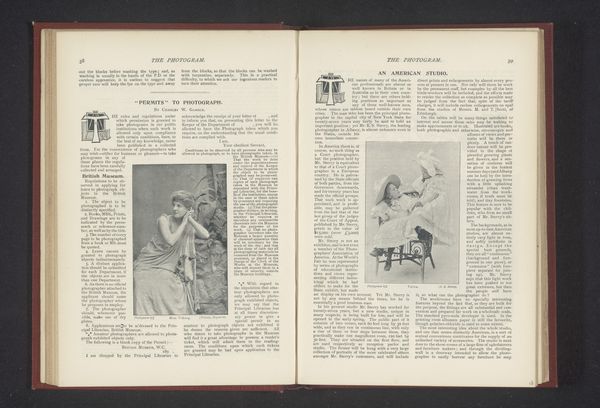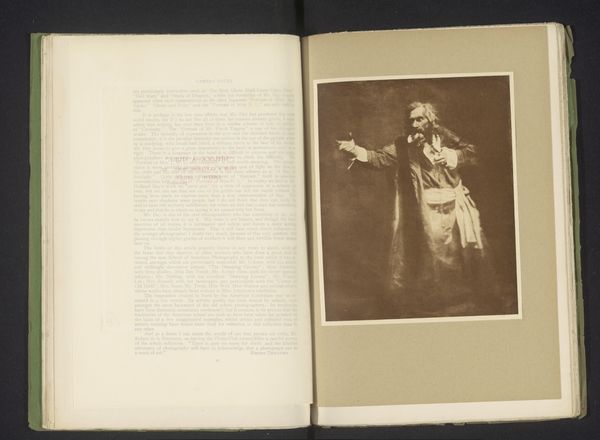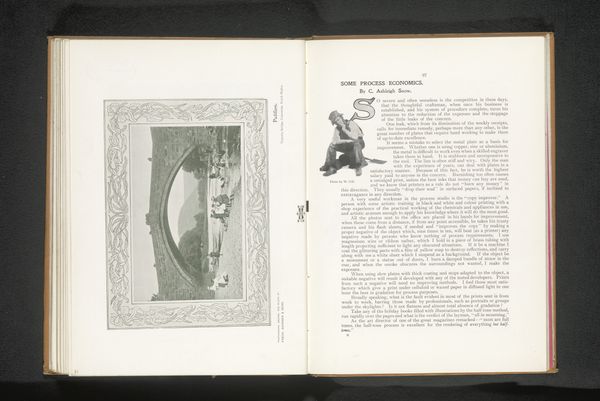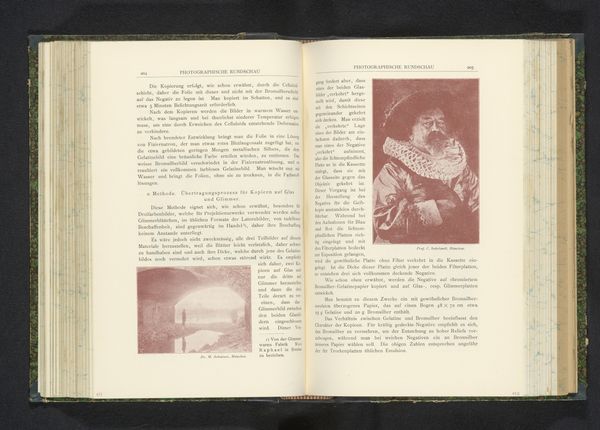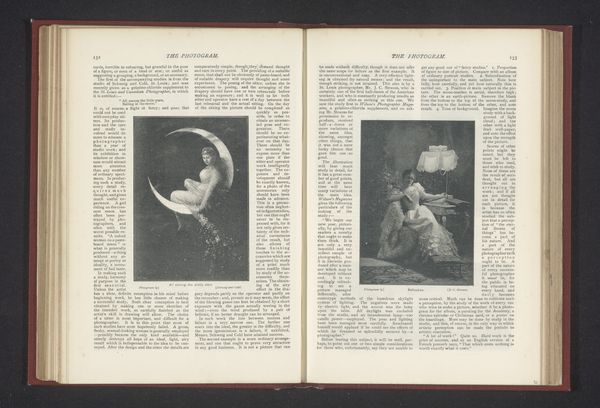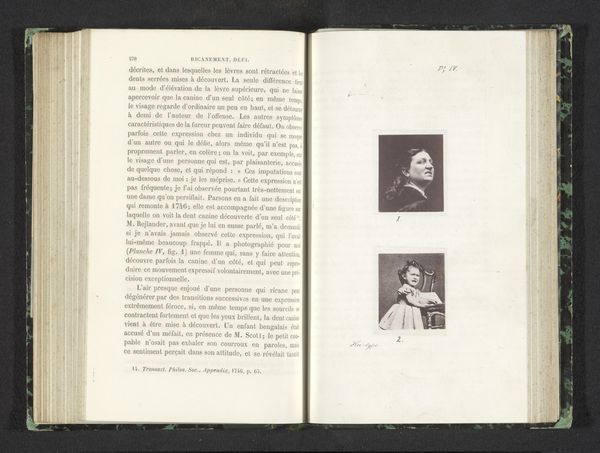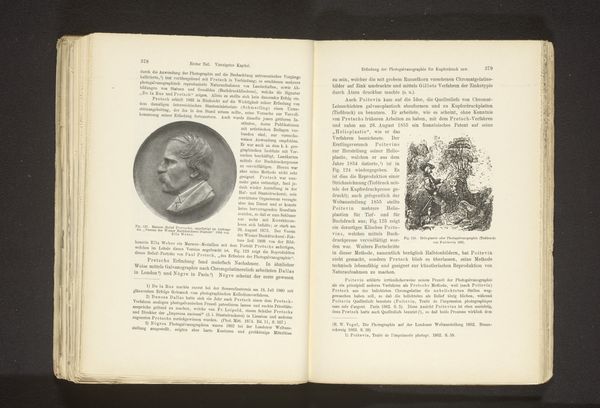
print, photography
#
portrait
# print
#
photography
Dimensions: height 113 mm, width 80 mm
Copyright: Rijks Museum: Open Domain
Editor: This is “Portret van een onbekende vrouw,” or Portrait of an Unknown Woman, by Frank Eugene, before 1901. It appears to be a photograph. There's a real sense of quiet contemplation to it. What strikes you when you look at this piece? Curator: What intrigues me most is understanding the social and artistic circles in which Frank Eugene operated. Photography in this era was grappling for legitimacy as fine art. Do you see how Eugene emulates painterly effects, deliberately softening the focus? Editor: Yes, it's almost like a drawing. Curator: Exactly. And it's essential to remember how art institutions and photography studios shaped these artistic choices. Portraits were, of course, a huge business, but also a crucial form of constructing identity and representing social status. The deliberate artistic interventions push this beyond simple representation, attempting to claim a higher artistic value. Think about who would commission a portrait like this at the time and the messages they hoped to convey about themselves. How does it challenge the typical stiff portraiture we know from that era? Editor: It does seem more intimate. Less about showing wealth and more about showing inner thoughts. This artistic decision really pushes against that status quo. Curator: Indeed. We are also left wondering about the "unknown woman" of the title. The intentional mystery forces us to consider our relationship to the sitter; without name or identity, she becomes, potentially, every woman. How do societal biases in both the art world and general population shape such representation and consideration? Editor: I hadn't thought about the mystery around the woman. Learning about photography’s push for validation helps give context to why it’s been presented in a specific style and pushes into this concept that beauty or worth must be ‘arty’ instead of accepted as it is. Curator: Precisely, and thinking about that artistic insecurity within the historic social setting informs the visual choices, ultimately broadening the artwork’s discourse.
Comments
No comments
Be the first to comment and join the conversation on the ultimate creative platform.

